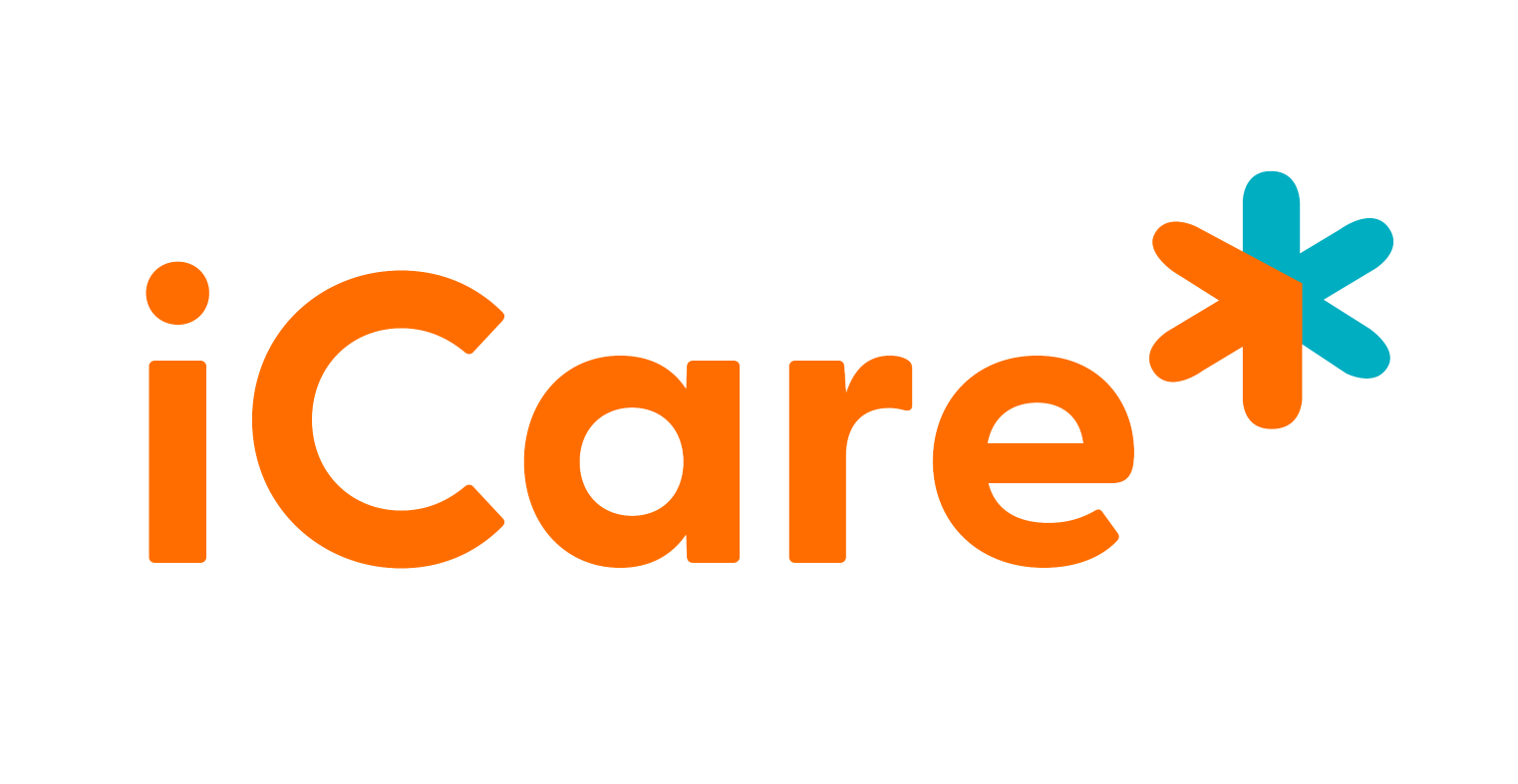
27 Dec AHA and BHA: The Role It Plays in Your Skincare
Exfoliation is one of the skincare practices that can help brighten the skin and prevent clogged pores. It can be in the form of physical exfoliation and chemical exfoliation.
AHA, or alpha hydroxy acids, and BHA, or beta hydroxy acids, are both chemical exfoliants. With chemical exfoliants, acids get rid of dead skin cells. Regular use of those can yield benefits such as having smoother skin, even skin tone, unclogged pores, and less apparent signs of aging.
AHAs and BHAs can be found in toners, cleansers, moisturizers, scrubs, peels, and masks.
Use and Types of AHAs and BHAs
AHA is promoted to be safe for all kinds of skin types. However, consider gradually working up the dose to avoid irritation, especially for sensitive and dry skin types.
Types of AHA include Glycolic, Lactic, Tartaric, Malic, Mandelic, and Citric, which is also classified as BHA.
Meanwhile, BHA is for addressing acne and sun damage. It can go deep into hair follicles to eliminate dead skin cells and unclog pores.
BHA is known to have more success with oily skin types. It can also reduce rosacea-related redness.
Another type of BHA is Salicylic acid.
Word of Caution
If you are to include chemical exfoliants in your skincare routine, it is best to start slowly with its dosage. After applying the product, monitor your skin for changes that may occur. Watch out if you will have any adverse reactions to it.
Be careful applying the products on the neck and hands as those are the areas of the skin that may be more prone to burns.
If you are at a loss where to start, seek out professional help. They can offer helpful insights that can specifically target your skin concerns.



